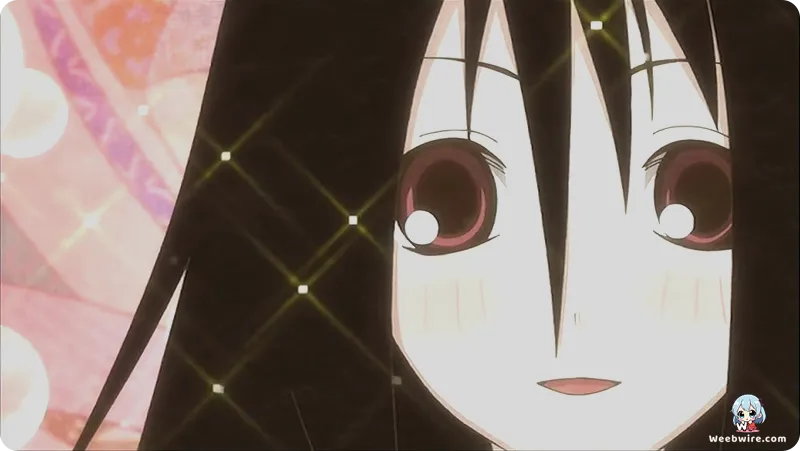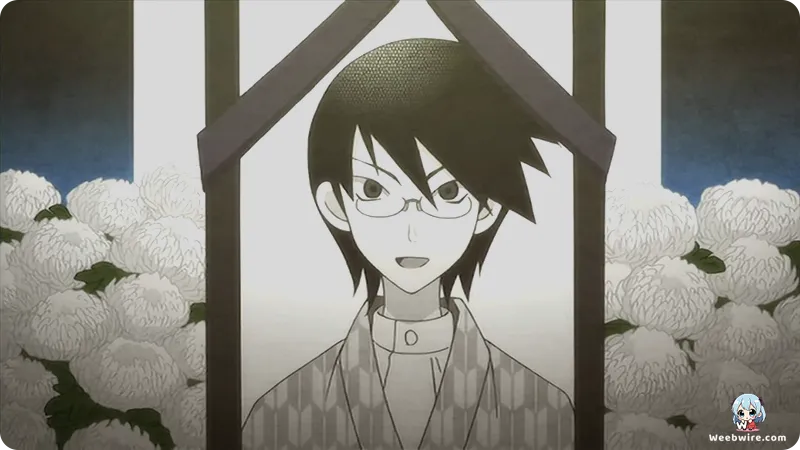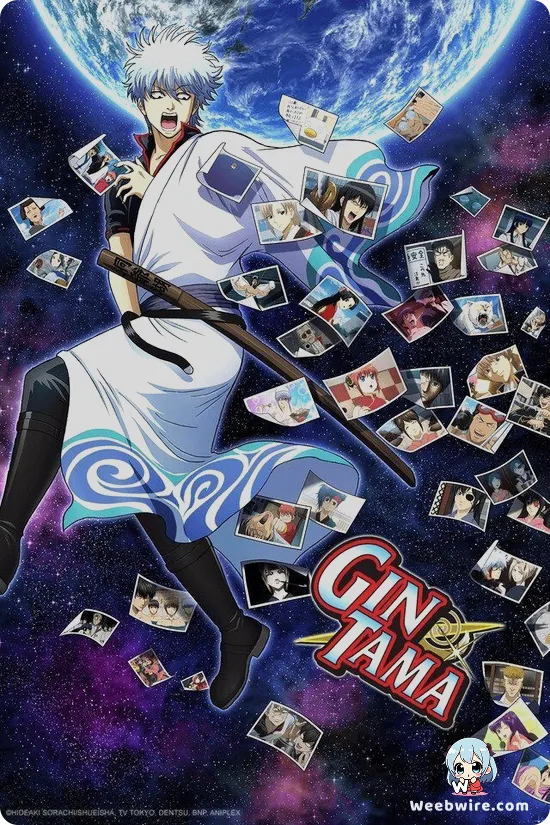Zoku Sayonara, Zetsubou-Sensei: Unpacking the Dark Brilliance of a Satirical Masterpiece

Prepare to re-enter the uniquely unsettling yet utterly brilliant universe of Nozomu Itoshiki as Zoku Sayonara, Zetsubou-Sensei, the acclaimed second season, continues its profound exploration of despair, satire, and the absurdities of modern life.
Adapted from Koji Kumeta’s celebrated manga, this series masterfully blends dark comedy with sharp social commentary, following a high school teacher whose name itself, Itoshiki Nozomu, cleverly puns on 'zetsubou' (despair), reflecting his perpetually pessimistic outlook on every minor inconvenience.
Far from a simple gag anime, Zoku Sayonara, Zetsubou-Sensei stands as a cult classic, celebrated for its intricate layers of design, intellectual humor, and a narrative that consistently challenges its audience.
Koji Kumeta's Ingenious Character Naming
A cornerstone of the show's genius lies in Koji Kumeta's meticulous character naming conventions. Each name is a linguistic puzzle, a direct allusion to personality traits or societal critiques. Consider Kafuka Fuura, a clear nod to Franz Kafka, whose unsettling optimism frequently amplifies Nozomu's gloom. Or Chiri Kitsu, whose name echoes 'kicchiri' ('precisely'), perfectly embodying her obsessive need for order. These ingenious linguistic Easter eggs provide an additional layer of comedic and thematic depth, underscoring the show's sharp critique of Japanese society.
Studio Shaft's Distinctive Visuals
Studio Shaft, the animation powerhouse renowned for its distinctive style, plays an indispensable role in bringing Kumeta's vision to life. Zoku Sayonara, Zetsubou-Sensei is a visual tour de force, showcasing Shaft's iconic 'head tilt,' surreal backdrops, and minimalist yet impactful character designs. Their bold integration of abstract imagery and textual elements into the narrative amplifies the show's core themes of absurdity and existential angst. This highly stylized approach, featuring static shots, rapid cuts, and theatrical staging, transforms the mundane into the bizarre, blurring reality with the exaggerated.

Layers of Pop Culture and Meta-Commentary
Beyond its visual flair, the anime is a treasure trove of pop culture references, literary allusions, and specific critiques of contemporary Japanese society and politics. These dense intertextual layers offer a fascinating cultural time capsule. Furthermore, the series frequently shatters the fourth wall with pervasive meta-commentary, as characters directly address the audience or critique their own narrative. This self-awareness elevates the show beyond simple comedy, transforming it into a sophisticated commentary on storytelling itself.
The Impact of Voice Acting
The impeccable voice acting, particularly Hiroshi Kamiya's iconic portrayal of Nozomu Itoshiki, is vital to the series' enduring appeal. Kamiya masterfully conveys Nozomu’s exaggerated despair, shifting seamlessly between deadpan delivery and frantic breakdowns, imbuing the character with unexpected depth.
Zoku Sayonara, Zetsubou-Sensei is not merely an anime; it's a brilliantly crafted work of satire, a compelling blend of linguistic ingenuity, visual artistry, and profound societal critique, promising new discoveries with every rewatch.
Credits
Zoku Sayonara, Zetsubou-Sensei
Author
Koji Kumeta
Cover Art
Koji Kumeta
Studio
Shaft
Publisher
Kodansha
Producers





